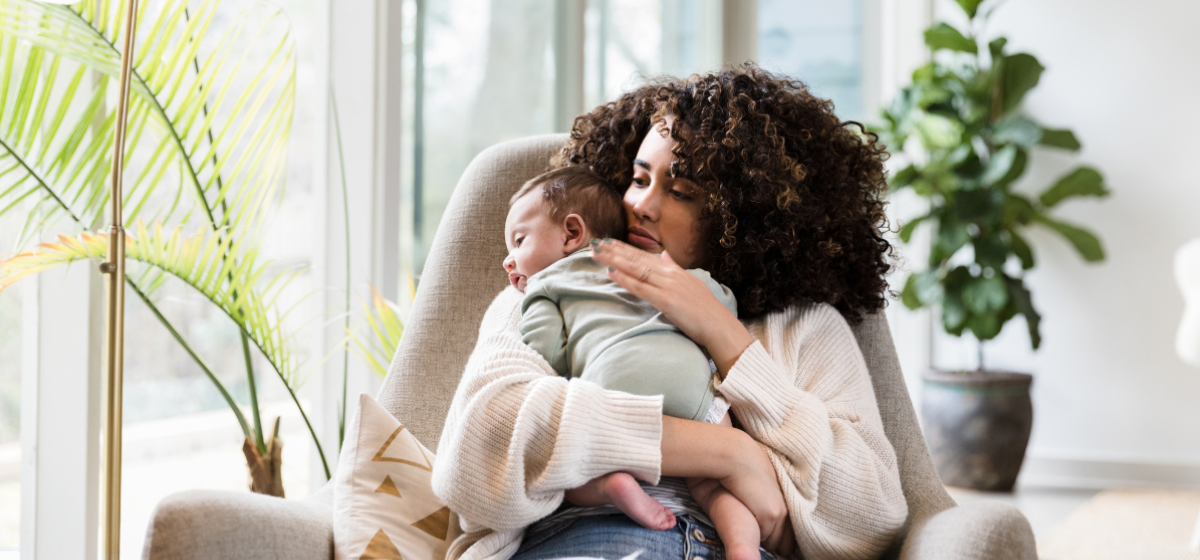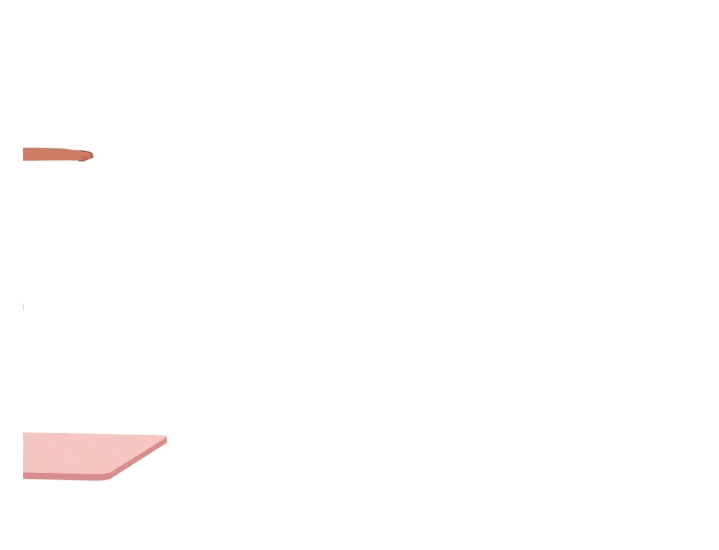When you are sitting on the couch attached to flanges, tubes and a heavy pump, you can’t help but think of the laundry piling up, the 1001 tasks waiting for your attention and meals to be made. All that changed nine years ago when the first hands-free breast pump, the Willow, was brought to market with the intention of making pumping more easy. Now that there are dozens of hands-free or wireless options, you can take care of a few of those tasks — or maybe just relax or hold your baby. Maybe as you're reading you’re shouting YES! YES! YES! but don’t know where to start. Let’s start here.
What Is A Hands-Free Pump?
A wearable hands-free pump can give you privacy and allow you to do other tasks while pumping. It uses oval collection cups that are placed inside your bra to express breast milk, rather than the standard flange and bottle set up like a manual or double electric breast pump. Some collection cups are discreet and you can hardly tell you’re wearing them, but with others you may look a little like Sheera the Warrior Princess. Maybe not your best look. Some hands-free pumps, like the Elvie Stride, Motif Duo, Medela Freestyle, and the Freemie Independence II have silicone tubing that attaches to collection cups, while the other end of the tubing attaches to a small motor that you can clip to your waistband or put in your pocket. Small, portable pumps like the Motif Duo or Spectra S9+ can also be paired with collection cups for a hands-free pumping experience. Another style, like the Willow 3.0, Willow Go, and Elvie, consist of two collection cups that are run by a motor attached to the top of each cup. There are no tubes to connect.
There’s Lots to Consider When Picking the Right Pump for You. Let’s look at some FAQs
- HOW WILL I USE IT? The functionality of your pump is important to consider. It’s important to know that hands-free pumps don’t express milk as well as a traditional pump. For that reason, it should not be your primary pump, especially in the early weeks as you establish your milk supply. You will need a traditional pump like the Spectra S1 or S2 or a Motif Luna, Medela Pump in Style with Max Flow or Lansinoh 3.0 for that. When your milk supply is established, usually by 4-6 weeks, you can introduce that hands-free pump as part of your pumping plan
- AM I GOING TO TAKE IT TO WORK EVERYDAY? Hands-free pumps can be more lightweight than a standard pump, making it easier to transport. Or you may choose to leave the pump at work rather than risk leaving it at home one day. (Something all of us pumping moms have done at least once!)
- HOW IS MY MILK SUPPLY? If you’ve had no issues creating a milk supply that meets your baby’s needs, you have the green light. But if you’ve struggled with an adequate supply, either now or in the past, you may want to talk to a lactation consultant to evaluate your supply and discuss whether this is your best option. Aeroflow has lactation consultants on staff to meet with you virtually.
- WHAT ARE THE MOST IMPORTANT FEATURES TO YOU? Is it ease of use, multitasking, number of parts to wash (dishwasher safe), length of battery life (rechargeable), or one of the many other optional features hands-free pumps might have? It’s a give-and-take with any kind of breast pump. You may have to give up a feature or two to get what’s most important for your lifestyle.
If, after considering these questions, you feel a hands-free pump will be an important part of your pumping journey, read on to find tips for choosing the best breast pump for you.
How Do You Choose From Among All These Options?
- Read lots of reviews and ask your friends about their experiences with various hands-free pumps. But remember, there is no perfect pump and there will be a learning curve. Your neighbor may rave about her hands-free pump, but you may not get that same warm and fuzzy feeling from it. It’s important to understand that each woman responds differently to each pump. However by collecting this information you can get a sense for which pumps work well for most moms.
- Check out the fine print. What is the warranty and what does it cover? A standard breast pump warranty can be 1-2 years with 90-days for parts. Many wearable options have a shorter warranty for the battery in particular.
- Decide what you can afford out-of-pocket. Check out what you’re eligible for through your insurance!
It’s All In The Details
Hands-free pumps are not good at establishing a milk supply or maintaining a milk supply. Many moms find they do not express the same amount of milk from a wearable breast pump as they do from a traditional pump. You may have to pump longer, which can be uncomfortable, or pump more frequently, which sort of cancels out the convenience of a wearable pump. It’s best to save your wearable pump for use after your supply has been established
Whatever pump you decide on, you need to be in the right size flange. Let me say that again. You need to be in the right flange size. Pumping with the wrong flange may be painful and not give enough stimulation to support your milk supply. When you pump with the correct size flange, your pumping session will be comfortable, you will get sprays of milk and no areolar tissue will be pulled into the flange. When using a hands-free pump you should measure your nipples and go up one size - or 1-2 mm - for the best results. When measuring for a standard pump you will want to stay with the results of your measurement.
Most pumps come with a 24 mm flange along with 21mm or 28 mm. Just because those are the sizes that come with the pump doesn’t mean they are the right ones for you. Those sizes are just arbitrary numbers pump manufacturers settled on years ago. There is absolutely no science behind the choice. Available flange or flange insert sizes range from 10 mm to 36 mm. Lactation consultants find the sizes that fit most women the best are between 13-19 mm. You can try sizing yourself or reach out to an Aeroflow lactation consultant for help. If you plan to exclusively pump, you will need to measure your nipples about 1-2 weeks before your due date. If you plan to introduce pumping after your direct breastfeeding is well-established (4-6 weeks), you can measure at 2 weeks postpartum. You also want to check the size again every few months along your pumping journey as nipple size can change.
Most insurance companies consider a hands-free or wearable pump an upgrade so your insurance will pay part and you will pay part. You can use your HSA/FSA account for your share of the pump.
We’re here to help!
From breast shields to pump parts to storage bags, pumping and picking the right pump can be confusing especially if you’re a first time mom. That’s why we have a team of healthcare experts to help you along the way! If you are interested in learning more, contact a lactation consultant or one of our breast pump specialists here.









